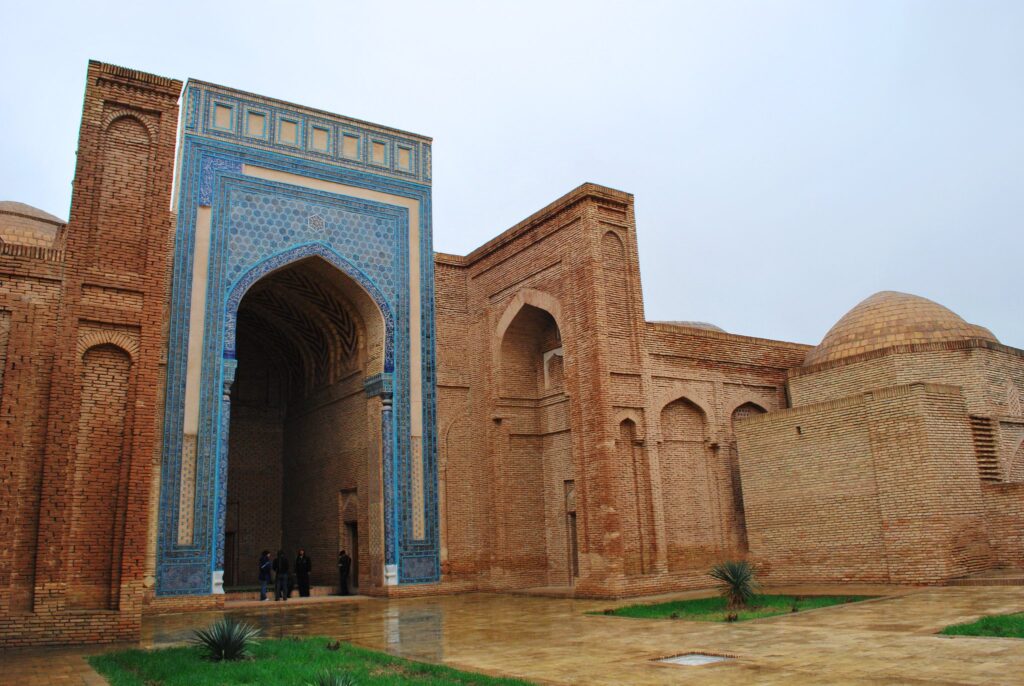Sultan Saodat complex: a sacred site where the sayyids of Termez are buried
 Sultan Saodat is an architectural complex located in the northeastern part of Termez, built between the 11th and 17th centuries, and served as the family burial site of the Sayyid dynasty of Termez. The name, translated from Arabic, means “Sultan of Happiness” and is recognized as a sacred site of the Sayyid lineage.
Sultan Saodat is an architectural complex located in the northeastern part of Termez, built between the 11th and 17th centuries, and served as the family burial site of the Sayyid dynasty of Termez. The name, translated from Arabic, means “Sultan of Happiness” and is recognized as a sacred site of the Sayyid lineage.
The origins of the complex date back to the 9th century. According to researchers, Hasan al-Amir arrived in Samarkand around the year 850, lived there for 11 years, and later moved to Termez around 865. He was a descendant of the Prophet Muhammad (peace be upon him) and is considered the founder of the Sayyid family in Termez.
The complex consists of nearly 20 mausoleums, the oldest of which date back to the 11th century. The mausoleums are connected by iwans, topped with domes, and feature tombs constructed from baked bricks. The buildings are adorned with decorative patterns and various architectural styles, enhancing the historical and artistic value of the ensemble.
The Sultan Saodat Complex is regarded as a sacred pilgrimage site for Muslims. It is the burial place of Sayyid Hasan al-Amir, a fifth-generation descendant of the Prophet Muhammad’s (peace be upon him) daughter Fatima and Imam Ali. For this reason, the site was originally known as Sultan Saodat, meaning “Sultan of the Sayyids”. Over time, his descendants and other Sayyids were also buried around the mausoleum.
A model of the complex is currently being prepared for the exhibition of the Center of Islamic Civilization in Uzbekistan, an initiative led by President Shavkat Mirziyoyev.
Most read

Over 100 experts from more than 20 countries of the world are in Tashkent!

President of Serbia Aleksandar Vučić visited the Islamic Civilization Center in Uzbekistan

The Center for Islamic Civilization – a global platform leading towards enlightenment











